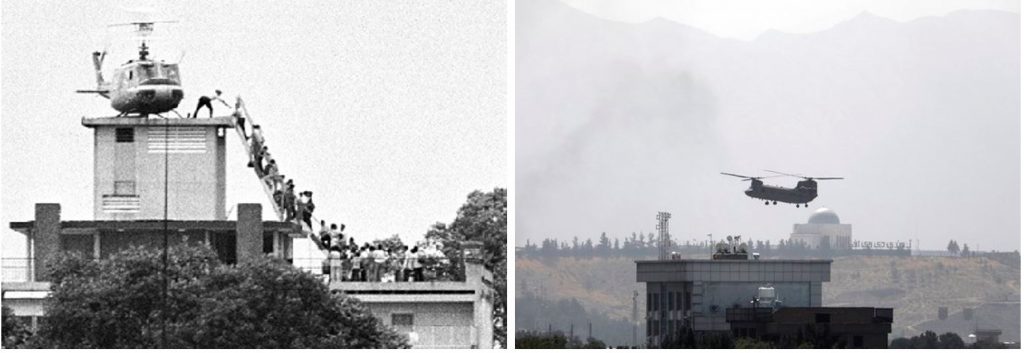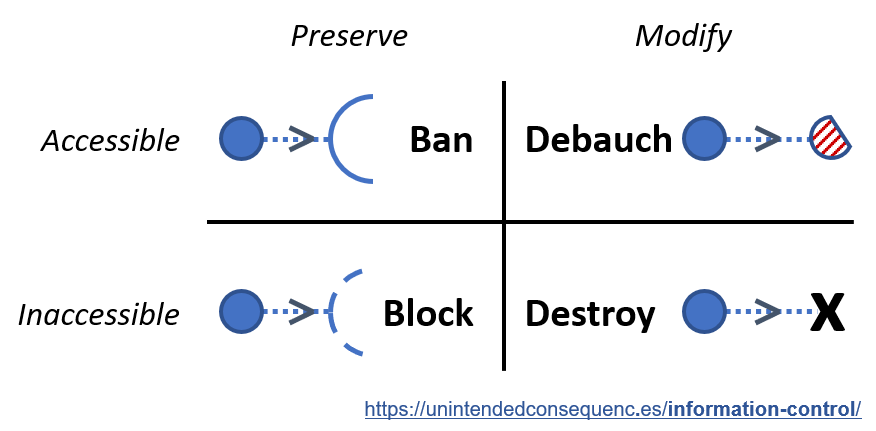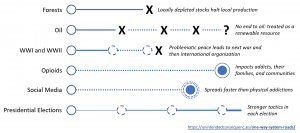Over two years ago, I started writing a lot about the emerging pandemic. That crisis unfolded with a quaint stateliness and simplicity compared to the situation in Ukraine. (I also had a personal perspective formed by earlier writing about pandemics and work and travel around China so I wrote sooner and more often about that topic.) While the pandemic hit different populations in somewhat similar ways across the globe depending on infrastructure, medical care, policy, social beliefs, and more, the situation in Ukraine is different.
There are different camps of support, countries will be impacted differently by changing commodities costs and social preferences, and the military situation is still a question. But speed is one notable characteristic.
War Doves
People are again making a big deal out of Pope Francis’ 2014 dove-release-for-Ukraine-peace gone wrong.
“At the Vatican, Pope Francis called for an end to violence in the Ukraine before releasing two white doves as a symbol of peace. Moments later, a black crow and a seagull attacked the doves in front of the horrified crowd.”


